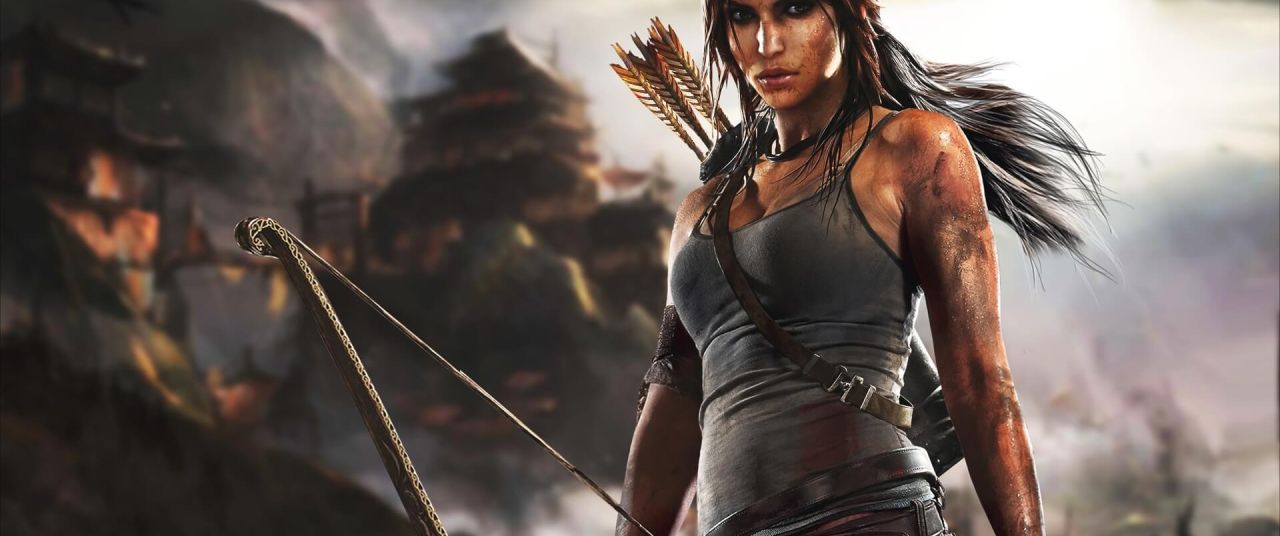Why female characters in video games have been less sexy

Throughout the history of video games, female characters have played different roles at different times, depending on the contemporary social trends, ebbs, and flows of ethnic and ethical issues as well as the popularity of various genres. In recent years, a lot has been under discussion pertaining to women’s representation in video games in terms of appearance, behavior, and importance. There are differing viewpoints on this issue (as well as whether it’s an issue at all) primarily because the gaming industry has been traditionally male, which explains the reluctance and inertia in breaking the status-quo.
However, 2014 studies on gamers’ population in the USA, the UK, and Spain showed that women constituted around 50% of all of the players on each of these markets. And they don’t seem to share men’s enthusiasm for being surrounded or accompanied by hot chicks. On the contrary, some of them would be more likely to say “Hey, I’d like a female alternative of a protagonist kicking ass on par with men!” or “I don’t want my son to think that women are only valued only for their looks!”
In fact, a lot of understanding has been gained from the other side of the coin – an ever-growing share of female video game developers and women involved in video game design and development, in general, feel quite the same as their gender-mates in front of the screen.
Obviously, game development companies are no longer able to turn a blind eye to this and ignore the opposition. Let’s take a look at what is conceptually wrong with women’s portrayal in video games and what is being done to fix the situation:
Sexualization
How many times have we seen a stoic, body-armored warrior with a machine gun accompanied by his female partner wearing tight shorts and a sexy top? I’d say pretty often. “But what’s wrong with that?” a lot of guys would argue. Well, it’s unrealistic and unnatural, not that such an eye-candy physique isn’t prevalent in all too many contexts and doesn’t have a persuasive effect on the perception of male and female roles in society.
More and more studies are finding a correlation between the sexualization of women in video games and violence against them. Consistently showing women as sex objects result in violence against women being deemed as acceptable in the minds of many players.
Objectification
As the term suggests, women tend to serve as objects in games rather than subjects or agents. Their behavior and overall role are portrayed as passive or submissive. Very often the entire plot of the game is built around a captive, helpless woman being saved by the male hero from whatever evil the authors come up with. Why not have a male hostage for a change?
An even larger portion of female characters in games is sexually objectified – by wearing seductive attire, having scrumptious physiques, and acting in a “ready-to-sleep-with-any-muscular-man” manner. This definitely caters to indulging men’s self-esteem, yet at the same time distorts their perception of reality.
Violence
Yes, women are [usually] weaker than men. That’s how Mother Nature designed it to be. But hey, have you ever seen a “normal” woman in a video game? Not many, I believe. The three most common roles for women in the virtual world are as victims, sexual objects, and as evil killers. Either an object of violence or its executor. On the one hand, how often do you see these merciless women in your everyday life? On the other hand, what is the sense of showing men’s superiority in comparison to an admittedly weaker person? Doesn’t it actually illustrate a lack of masculinity and fear of facing an equal rival?
Supporting roles
Female protagonists are simply scarce. Of 669 video games studied in 2012, 45% offered a female protagonist option, but only 4% centered around a female-only protagonist.
Another study of the top 50 mobile games revealed that 98% of them featured males as central characters, 90% of which were free to play. Only 46% of these games featured female protagonists with only 15% of them being offered for free. Needless to say, these options don’t seem very fair.
Bad role models
The last, but definitely not least is the concern with how video games define gender roles and how this affects male/female attitudes, relations, and behaviors in real life. The state of affairs mostly resembles that of a Hollywood action movie – macho men and Barbie girls, the regular archetypes who rule the world.
A recent study found that 91% of American kids aged 2 to 17 play video games with 2-5 year-olds representing the fastest growing segment! Are you sure you, you’d like your son or daughter (or nephew, or niece) to be like any of the characters in a video game? I seriously doubt it. The choice between a sexy beast and a damsel in distress can significantly distort a young girl’s personality and outlook.
Thus, efforts to combat the flaws described above has led to significant decrease in the sexuality of female characters. The fact that “it has always been this way” is no longer an excuse. The issue features multiple sides, concerning both the young and adult generations, women who work on games in their development stages, and women who end up using the end-product. This negative portrayal of women in video games discourages some female players from active participation; therefore, the industry is financially urged to initiate change.
In the 21st century, issues of gender equality are relevant as never, with more opportunities for women to match men in most walks of life. Women deserve to be perceived as an all-around individual, not just the object of devotion. As the share of women in the video game development process continues to increase, we will see ever more proponents of equality and mutually respectful relations within game dev.
Game development company must transform video game devevopment if it desires to serve the needs of society, educate rather than demoralize, explain how to avoid confrontation rather than how to win wars, promote respect rather than contempt; otherwise, frequent lawsuits, bad publicity, and social disapproval will follow.
Anton Kulichenko






Евгений Дятлов says:
LUL. Did you play Overwatch? There a lot of pretty women in that game. And what about ROTR? Killer is Dead? Dead or Alive? I can provide you a lot of games with a lot of sexuality in them.
Margo Geras says:
I see you are an expert in game development assessment, but it is just an opinion made by a small group of people. Don’t believe it – just watch 🙂